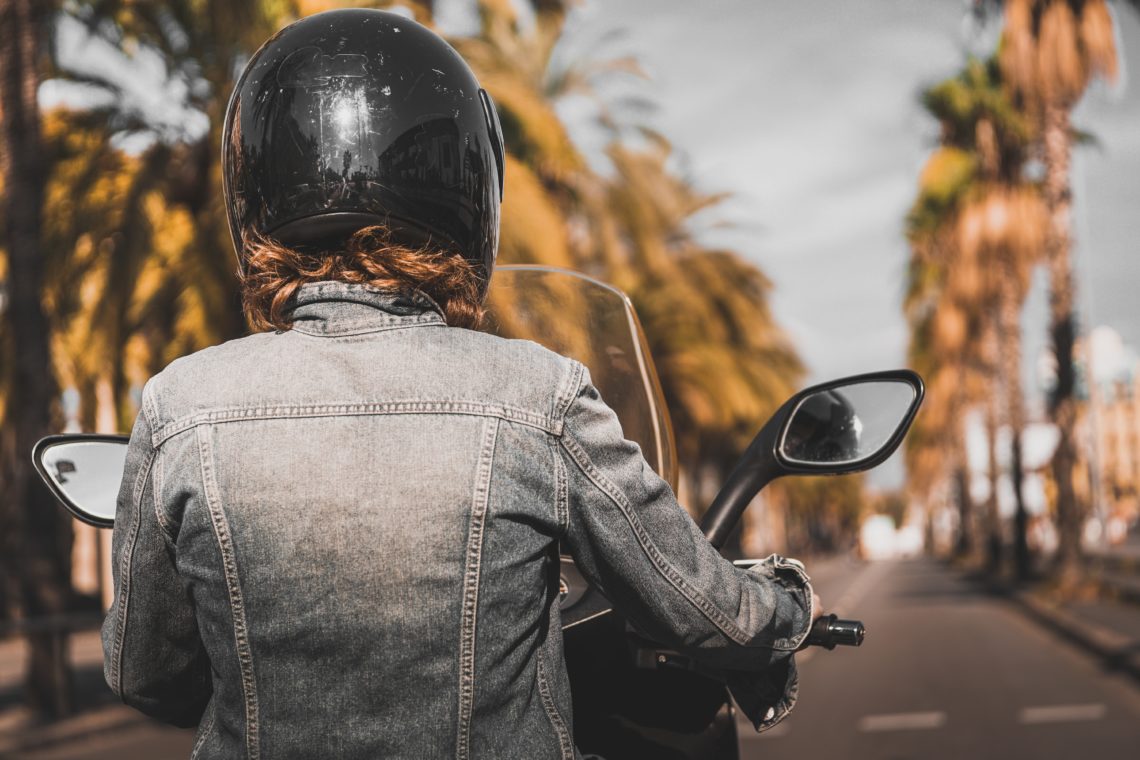
Quick motorcycle safety statistics
According to the latest NSC (National Safety Council) statistics, approximately 5,000 motorcycle riders and passengers in crashes every year in America. A record 88,000 suffer nonfatal injuries. This is a shocking statistic considering motorcycles make up just 3 percent of all registered vehicles in America. It’s also worth noting that motorcycle fatalities affect men more than women. 91% of motorcycle riders who die in crashes are male.
Personal protective equipment (PPE)
Wearing personal protective equipment or motorcycle gear is one of the best ways of preventing severe injuries and fatalities when motorcycle crashes happen. Here’s a brief summary of the most crucial motorcycle gear for reducing injury and fatality risks.
1. Helmet: Your odds of dying in a motorcycle crash are reduced by 37% if you wear a helmet. A helmet is a vital motorcycle safety gear since most crashes result in head injuries. 35% of all motorcycle crashes are characterized by a major impact on the head, especially the chin-bar area. To enjoy maximum protection, riders must wear full-face helmets. Besides protecting the head from serious injuries in case of an accident, helmets also offer better visibility and protection against harsh weather.
2. Gloves: You need gloves to provide some much-needed abrasion resistance. Gloves also help motorcyclists maintain their grip and handlebar control. Some gloves can also protect the wrist which is usually vulnerable in motorcycle crashes. Most motorcyclist gloves are made using leather or a combination of other materials to offer extra padding to vulnerable joint regions like the wrist and fingers.
3. Jackets and pants: Motorcyclists also need jackets and pants to provide impact and weather protection. High-quality jackets offer riders significant padding on vulnerable regions of the body. The best rider jackets and pants are designed to distribute impact across the padding. They are made of compressed materials that form stiff padding on the elbows, shoulders, spine, hips, and knees among other vulnerable areas.
Motorcyclists also need jackets and pants to protect them from wind, cold and rain among other weather conditions that make riding dangerous or unbearable.
4. Boots: Riders also need special shoes with reinforcements on the toe and ankle area to prevent abrasion and impact injuries in a crash. There are special boots for all kinds of riders. For instance, Cruiser-style riders need boots with steel-reinforced toe and ankle caps. However, motorcycle safety requirements demand that the boots have a flexible sole and lightweight.
Other PPE
If you don’t have a full-face helmet, you need goggles or a helmet visor to protect your eyes from insects, pebbles, and wind. Riding without a helmet visor or goggles can cause you to lose control of your motorcycle. Besides, riding while squinting is distracting.
What if you still get into an accident?
Although having the right motorcycle safety gear can reduce your chances of getting into an accident or being injured, there are no 100% safety guarantees even if you have the right gear. Furthermore, many motorcycle accidents are caused by third parties, i.e. other negligent road users.
If you get injured because of a motorcycle crash that isn’t your fault, you need a personal injury attorney to handle your case professionally and get you the settlement you deserve. Stambaugh Law specializes in motorcycle personal injury cases.

